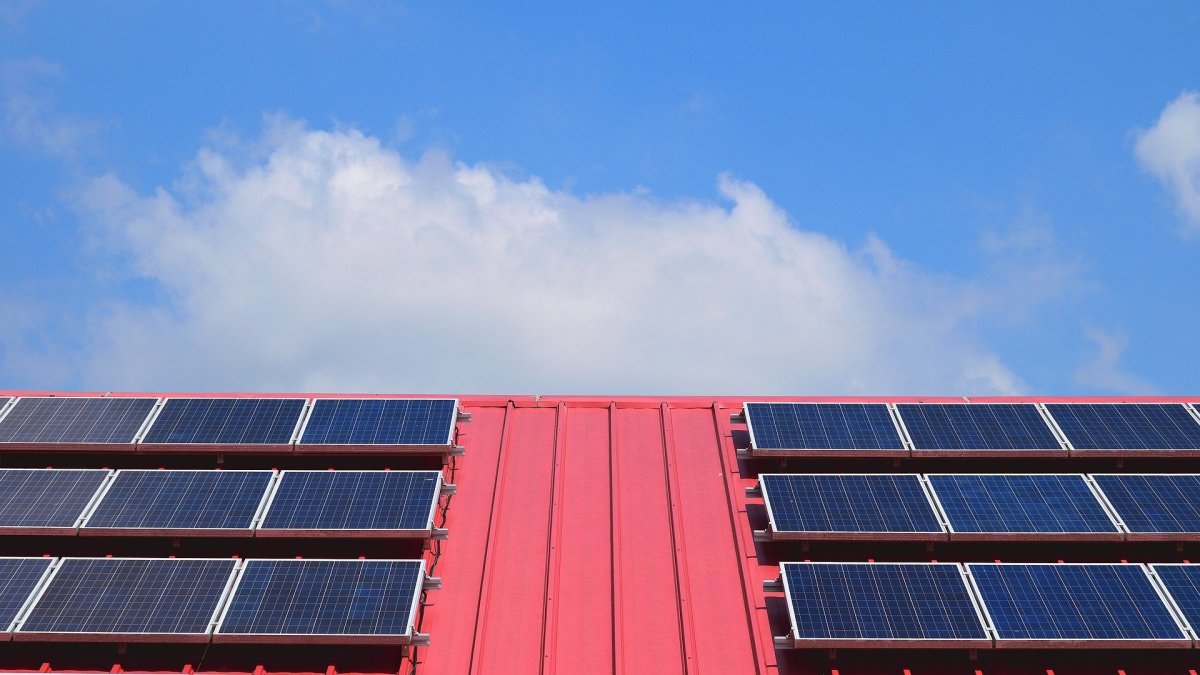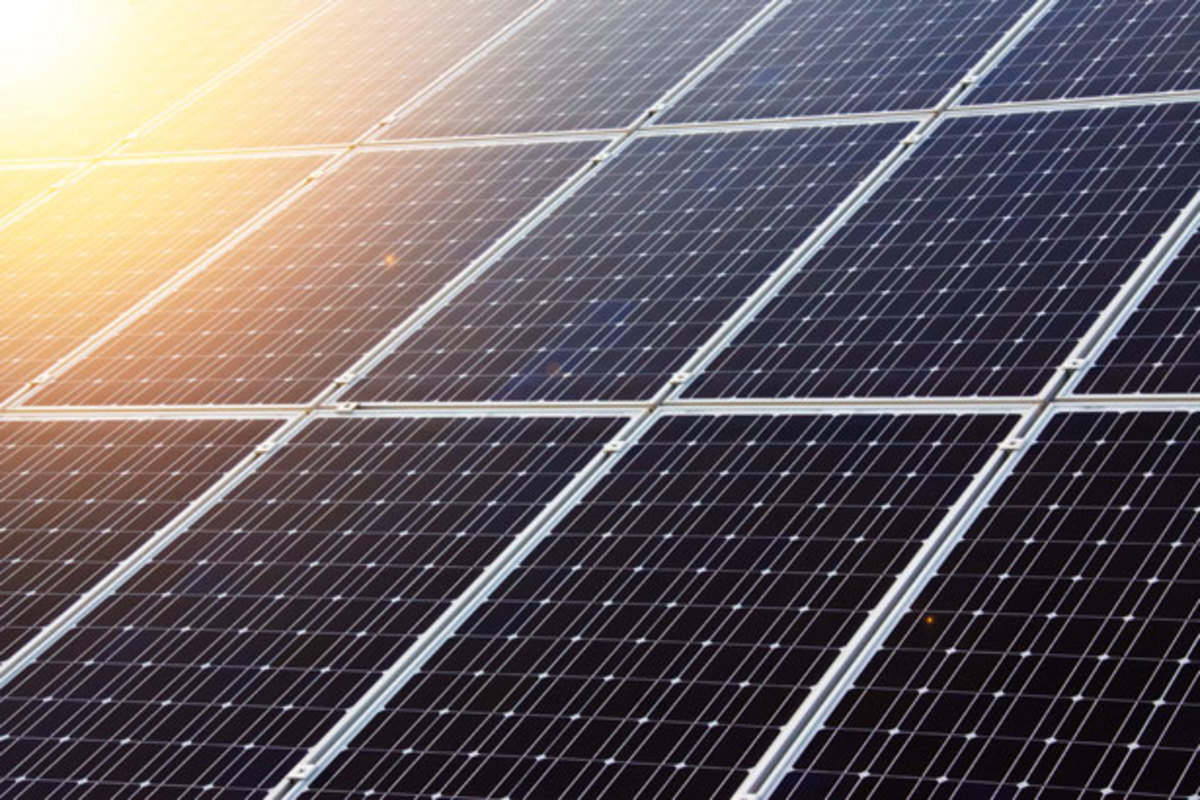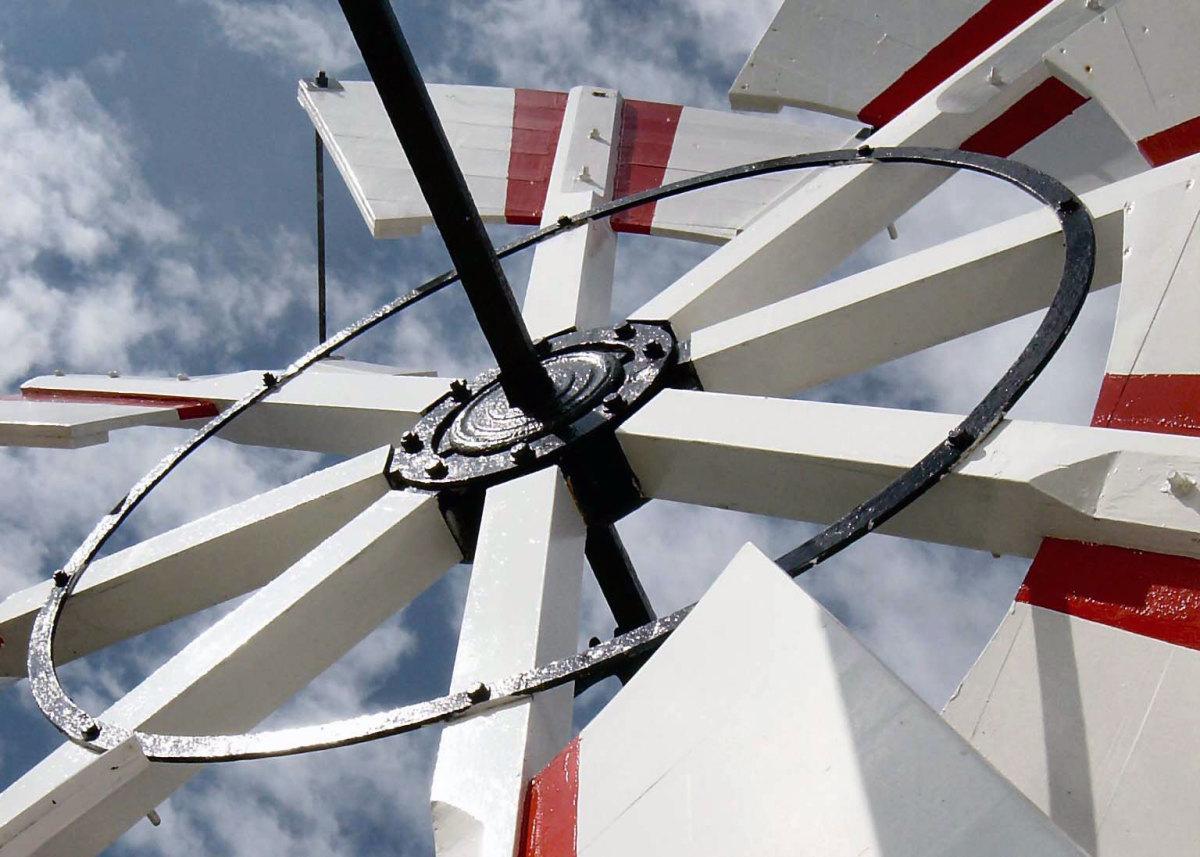Rooftop Solar and Its Relation to National Security
Distributed Power is a National Security Problem
The United States has been preparing for quite some time for an attack on its infrastructure, and one of its most critical infrastructure systems is the power grid. The United States has three separate power grids: Eastern, Western, and Texas. Each of these is vulnerable to a cyber attack, which could originate anywhere in the world, just as the Stuxnet virus attacked critical nuclear power installations. Hackers have already infiltrated our electrical grid, and if an attack occurred, it could be months or years before the attacker is caught, and in the meantime the damage to the country would be substantial.
Cities and states are spending millions of dollars making preparations: for example, New York has on hand 25 million MRE (meals ready-to-eat). That would last the population of New York City only one day, and the city has not only the cost of the meals, but the cost of storing them, and the cost of distributing them, should it become necessary.
And, at the same time, the country is moving to smart power grids, which do save substantial amounts of electricity by economies in transmission and distribution, but at the same time, smart power grids are much more vulnerable to attack.
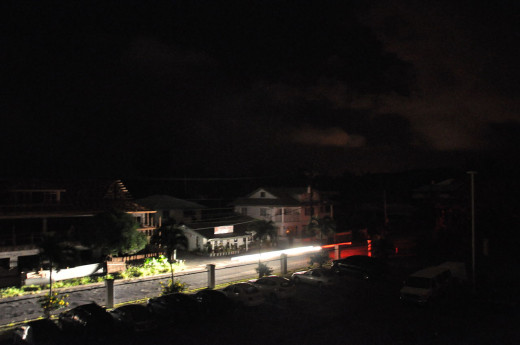
What Depends on the Power Grid?
There are many obvious things that depend on electricity, such as televisions, computers, lights, and home appliances. However, as electrification has become standard, even such infrastructure as the water and sewer systems depend on electricity for their operation.
In addition, many infrastructure systems are powered by computers behind the scenes, and those computers depend on electricity. In the event of a grid attack, cell phone networks, the internet, police, fire and emergency departments, and many other vital infrastructure systems would be brought to a halt. With the development of "smart grid" systems, it can be expected that there will be even more avenues open to attack.
Restaurants, hospitals, stores, gasoline pumps, traffic signals, schools, offices, and radio stations would all cease to function. Individuals and families would have no cooling, no refrigeration, no communications; those without fireplaces would have no way to heat their residences, and those without fireplaces or non-electric grills would have no way to cook or heat food.
Do you have electrical appliances connected to the internet?
How Likely is an Attack?
Analysts for various U.S. intelligence agencies say the question is not if an attack will occur, but how soon. Cyber attacks are becoming ever more frequent and more devastating, and hackers have already infiltrated the power grid.
And one innovation is making an attack on the electrical infrastructure ever more likely: the Internet of Things. Because electrical appliances are now communicating with each other and with controllers via the internet, a software virus can easily be contracted by one appliance and spread quickly to others. In addition, some internet providers are experimenting with delivering internet service over power lines. In these cases, the only way to stop the virus from spreading and attacking the entire infrastructure is to disconnect the appliance from both the internet and the electrical grid; but because a software virus can spread so rapidly, by the time the infected part is identified, the virus will have spread widely.
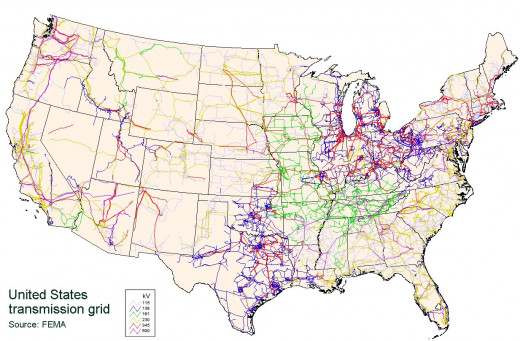
But I have a Generator!
While a generator is fine for short-term power outages, generators run on fuel, and if the fuel pumps do not work (they run on electricity, remember), where will you get fuel for your generator?
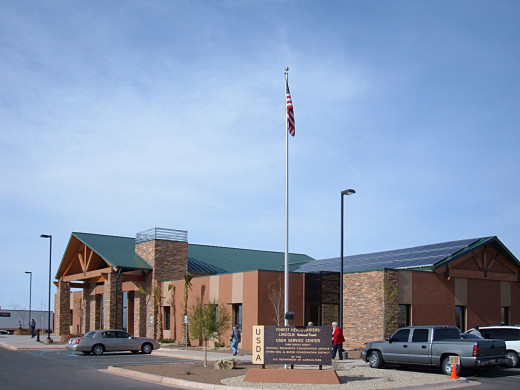
Solar to the Rescue
Rooftop solar would not only benefit individuals, but can also be installed on the rooftops of stores, police and fire stations, hospitals, schools, and other essential infrastructure (the Netherlands, China, and France are experimenting with solar roadways that may eventually be able to charge electric cars as they drive over them). With solar panels contributing power to the grid, and overnight battery storage, much of the damage that a cyber attack on the electrical infrastructure would cause can be averted, because each building would have its own power supply that could be disconnected from the grid, if necessary, via a simple on-off switch, just like your light switches at home.
Can My Community Afford This?
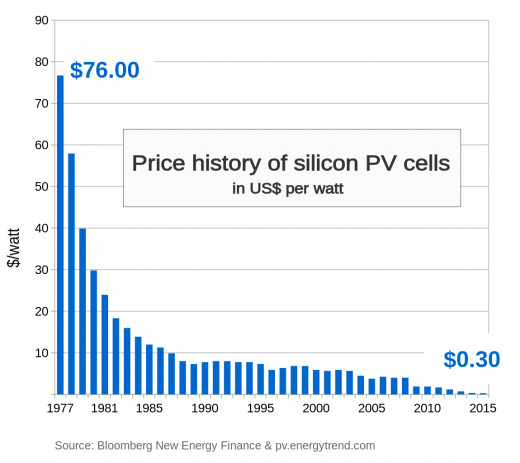
How Much Would it Cost?
A typical solar installation system in 2018 is averaging around $15,000 before any tax credits or incentives, and is expected to fall by more than 50% by 2030, leaving a 6-8-year payback period (currently 10 years). The oldest solar panel in the world is more than fifty years old, and is still producing 92% of the energy it produced when new. In fact, with the proliferation of 3-D printing, it's even going to be possible to produce your own solar panels. For the moment, solar panels you print yourself will be more expensive than mass-produced ones, but breakthroughs in materials science may change that any day.
Now, let's see how this would work. If you collected a dollar from each resident of your town city each year, and used that dollar to buy solar panels for your fire stations, you could power all your fire stations the first year. The second year you could power all your police stations. With the collection the third year, and taxpayer savings from already-installed panels, you could power your community hospitals. With savings from installed panels and the fourth year, you could power other essential functions such as gasoline pumps, cell towers, internet backbones, and other critical infrastructure.
As time goes on, the electricity savings and the yearly contribution of $1 per person could power essential retail (grocery stores), other city services (sanitation, wastewater), and even individual homes and multifamily dwellings (condos and apartment complexes). In short, with a contribution from each person about equivalent to holding a bake sale, we could significantly reduce the chance of an attack, because each year the attack would be increasingly ineffective. And as solar becomes ever more common, prices will continue to fall, and materials scientists will continue to make breakthroughs in efficiency.
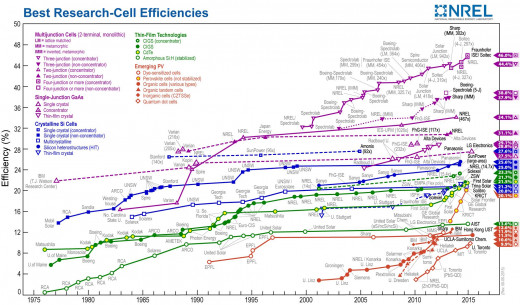
Other Savings
Cities and utility companies that are investing thousands or millions of dollars to protect their systems against attack, or are preparing for attacks, may be able to divert those resources into other areas, such as providing more services to their residents. Utility companies will still have their place, but being able to flip a switch to remove a residence, commercial or governmental property from the grid if infected by a software virus, and still have that property have electricity, will greatly reduce the threat we face from cyber attacks. And our military will be able to divert resources currently devoted to defending ourselves from cyber attacks on the energy grid to other needs.
And as public services such as fire stations, police stations, community hospitals, libraries, roadworks, city offices, water and sanitation systems, public schools, and the rest, begin seeing savings from not having to purchase electricity, these will cost less to run, and therefore in the long run our taxes will be lower, or we can have more services for the same money. In fact, we might eventually be able to install solar energy on all our homes, commercial buildings, and multifamily residences, simply with our annual contribution of $1 per person per year.
How Can I Get Started?
It may seem simple, but even the basic fundraising activities such as holding bake sales, car washes, or community garage sales would be enough to start the ball rolling in your community. Just a few hundred dollars will buy enough solar panels to make a difference where you live, and as time goes on and residents and local officials start to see the benefits, you will find that enthusiasm for your project will grow as exponentially as solar power has (in the U.S. as much solar power is being installed every three weeks as was installed in all of 2008).
© 2015 progressivist


